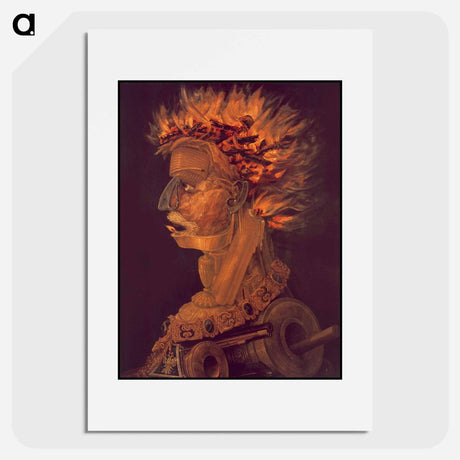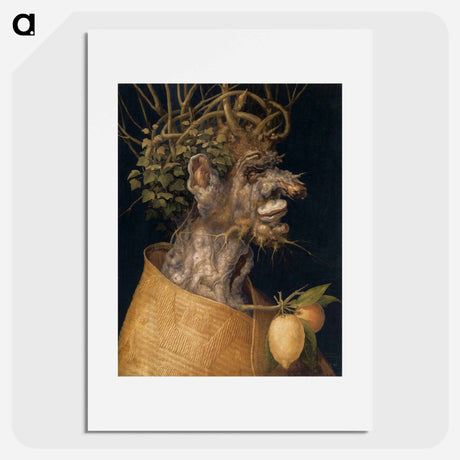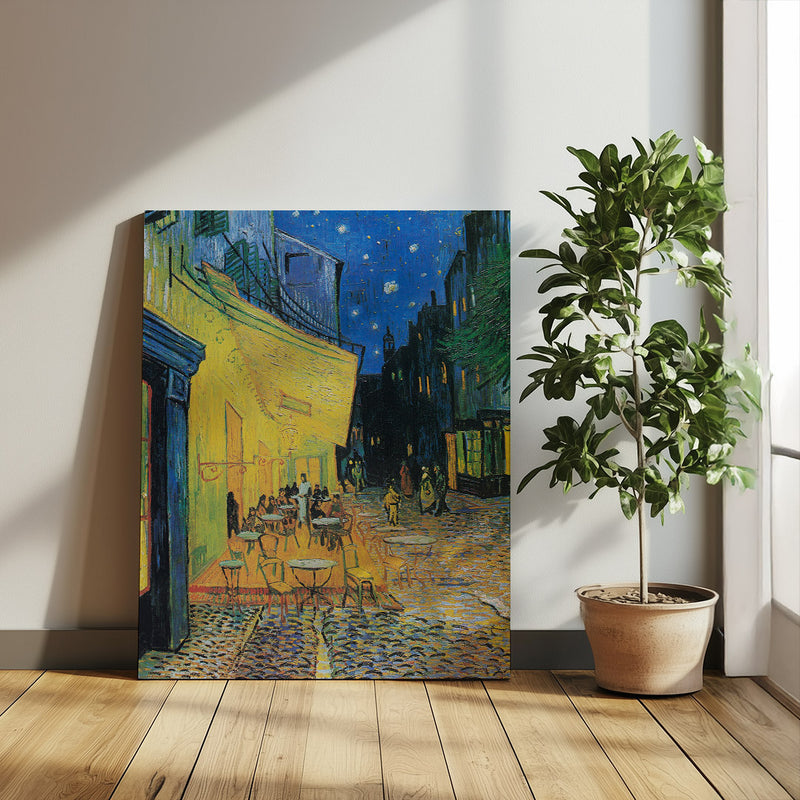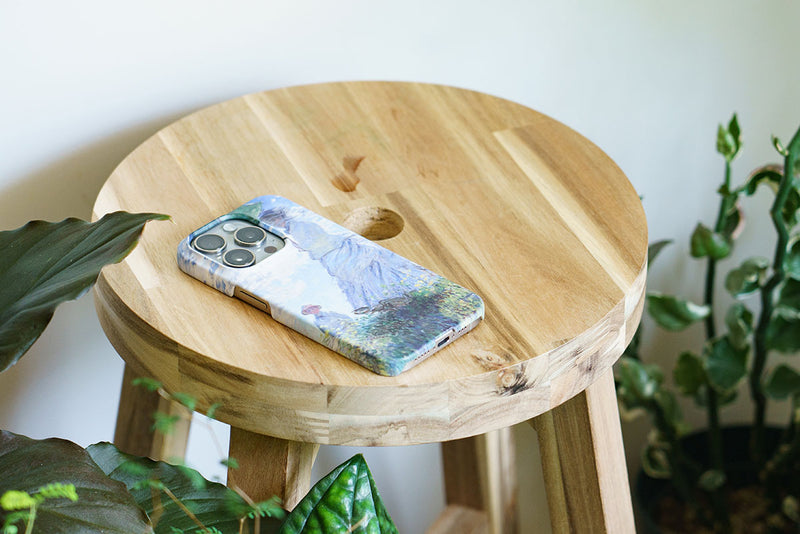Giuseppe Arcimboldo was a painter from Milan, Italy, who was active in the 16th century. He is known for his highly original works, in which he combines objects such as fruits, vegetables, plants and
Giuseppe Arcimboldo was a painter from Milan, Italy, who was active in the 16th century. He is known for his highly original works, in which he combines objects such as fruits, vegetables, plants and animals, and books to create portraits and allegorical paintings. His fantastical works are considered to be the forerunners of Surrealism, and continue to fascinate many people today. His works are searched for by many people who are interested in his unique and unparalleled style of painting, using keywords such as "Giuseppe Arcimboldo collage" , "Giuseppe Arcimboldo four elements" , and "Giuseppe Arcimboldo portrait" .
Giuseppe Arcimboldo Biography
- Born in Milan, Italy in 1526
- His father was also a painter, so he learned painting from an early age.
- From around 1549, he produced works with religious themes, including stained glass designs for the Milan Cathedral.
- In 1562, he was invited to Vienna to become court painter to Holy Roman Emperor Ferdinand I.
- After that, he served three emperors, including Maximilian II and Rudolf II, and produced portraits and decorative paintings.
- In particular, during the reign of Rudolf II, his unique ideas and artistic talent were highly praised, and he produced many works.
- In 1587, he resigned from his position as court painter and returned to Milan.
- Died in Milan on July 11, 1593 (aged 67)
Representative works
- Emperor Rudolf II as Vertumnus (c. 1590)
- "Air" (c. 1566)
- "Four Elements: Earth" (around 1570)
- "Fire" (c. 1566)
- Water (c. 1566)
- The Librarian (c. 1566)
- The Jurist (1566)
- The Gardener (c. 1590)
- The Cook (year unknown)
Arcimboldo's painting style, also known as "mosaic art," is highly original, combining multiple objects to create a single image. He depicted various motifs, such as fruits, vegetables, flowers, fish, and books, based on meticulous observation, and skillfully arranged them to create portraits and allegorical images. In particular, "Emperor Rudolf II as Vertumnus," a portrait of Holy Roman Emperor Rudolf II, is widely known as his masterpiece, and is recognized as his most famous work with keywords such as "Giuseppe Arcimboldo Emperor Rudolf II" and "Giuseppe Arcimboldo mosaic art." In this work, the emperor's face is composed of fruits, vegetables, and flowers of the four seasons, and the unusual concept and outstanding technique amaze viewers.
Arcimboldo also left behind a series of works in which he personified the "Four Elements." In these works, the elements of the world, such as air, earth, fire, and water, are represented by plants, animals, and objects related to each element, demonstrating his deep knowledge of the natural world and his talent for elevating it into works of art. These works, under the keyword "Giuseppe Arcimboldo The Four Elements," are highly regarded as his important achievements.
Arcimboldo's work was forgotten for a long time, but was reevaluated by the Surrealists in the 20th century and has had a major impact on contemporary art. His works are housed in museums around the world, including the Kunsthistorisches Museum in Vienna, and you can find information on museums where you can view his work by searching for "Giuseppe Arcimboldo works" and "Giuseppe Arcimboldo Museum."















